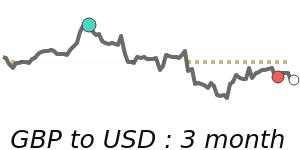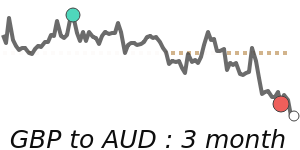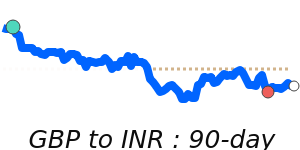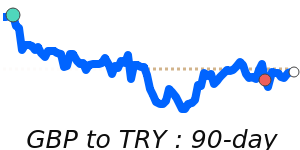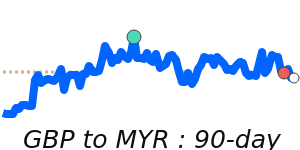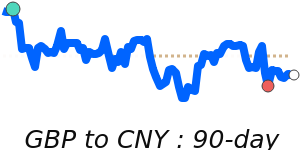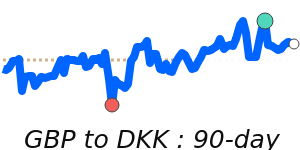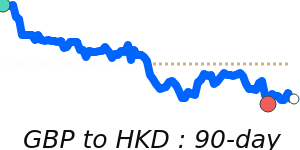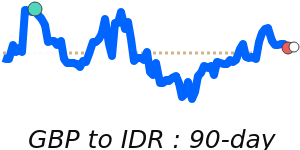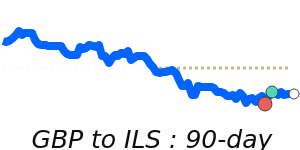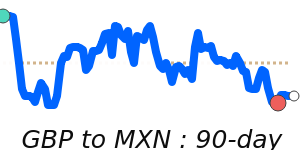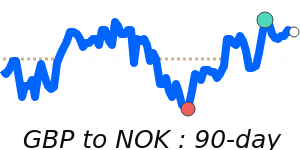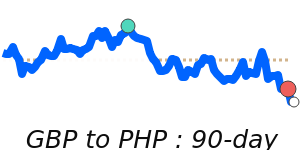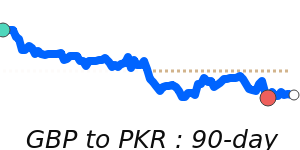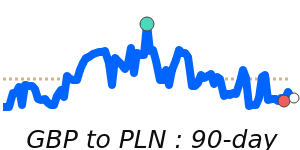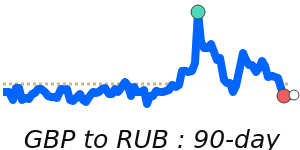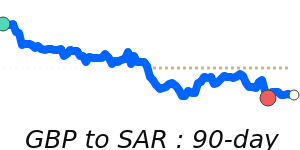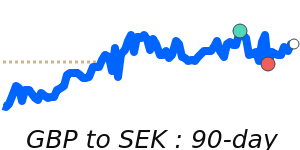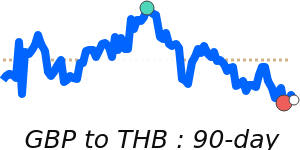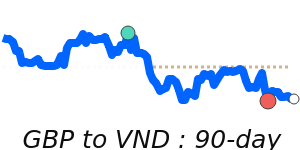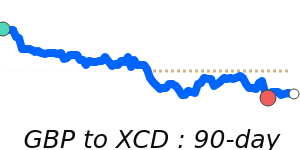The British pound (GBP) faced notable challenges recently, primarily influenced by speculation surrounding potential interest rate cuts by the Bank of England (BoE). Forecasts indicate that the UK economy is slowing, prompting analysts to anticipate multiple rate cuts in 2026, which has weighed heavily on Sterling's sentiment.
As market participants await the latest UK GDP data, expected to show a modest recovery in October, there are concerns that this may not be enough to bolster the pound significantly. In current trading, GBP to USD has recently traded at 1.3372, slightly above its three-month average, within a stable range of 1.3019 to 1.3646. Meanwhile, against the Euro, GBP is encountering pressure, currently sitting at roughly 1.1386—this marks a recent decline to seven-day lows, just below its three-month average of 1.1404.
Adding to the complexity, reports indicate that UK fund managers are preparing for increased foreign exchange hedging in 2026 due to the ongoing volatility of the pound. Furthermore, Sterling has strengthened against the U.S. dollar, hitting a five-week high driven by improved economic forecasts for the UK and expectations that rate cuts by the BoE will occur at a slower pace than previously thought.
However, the pound’s performance against the Euro has faltered, reflecting differing monetary policy outlooks compared to the European Central Bank (ECB), which is expected to maintain its current stance on interest rates. Analysts suggest that if the BoE follows through with its dovish outlook, further weakening against the Euro may occur.
In a related note, comments from BoE policymakers suggest that external geopolitical factors may also impact Sterling, adding a layer of uncertainty. As the market digests these developments, careful monitoring of GDP data and central bank decisions will be essential for those engaging in transactions involving GBP.
